The roaring of Lions as a welcome to this very special zoo just makes the experience all that more fantastic. As you take a walk to the entrance already filled with plants and birds tweeting away, enjoying the vegetation you’re only just getting started on the day ahead.
Paignton Zoo is one of the earliest Zoo and Botanic Garden mixes in Britain. It was first opened to the public in 1923 and since then has grown from strength to strength. With new exhibits, more animals and more conservation. You first start at the payment desk, the price to visit the zoo is £15.95 for an adult and £11.50 for a child with Gift Aid. (kids under 3 go FREE!) As Paignton Zoo is a registered conservation charity, if you can, please choose the Gift Aid price as the government will give 25p for every £1 of your entrance fee back to the zoo. Making a massive difference to the zoo and to the vital conservation work it carries out.. Armed with my camera (a must have if you plan a visit!) I decided to document all the animals I encountered.
After payment your journey really starts, as soon as you go outside and you are already in the midst of the animal world. The animals are catagorised into their different habitats and all live in sections dedicated to them. This allows the zoo to care for the animals properly and also for the visitors to experience how the animals would live in their own conditions. There are 5 themed buildings across the zoo. Desert House, Tropical Forest House, Forest Animals, Wetland Birds, Savannah Animals.
I began by entering the Wetland area. Filled with birds of all species. In this area you view up to 18 varieties of bird. I started by seeing the beautiful flamingos, all in a group resting on one leg, or having stretch walking through the water. Flamingos are their colour (white-bright reddish/pink) due to what they eat. Their main diet comes from crustaceans and blue-green algae. Within in this food, mainly brine shrimp and algae are enzymes that contain pigments that change the birds feathers colour.
The zoo itself allows you as a visitor to make your own choice in where you go and when, there are signs giving you direction to what animals are where and routes that you can follow. There are maps scattered around the zoo allowing you to grasp a concept of how far you have walked, all easy to navigate with simple pictures and words to show your location. The route I followed was at random, as I felt the best way to enjoy the zoo was just to let the day take me. I next went into the reptile house this contains two different areas of the zoo, the Desert and the Tropics. I started in the Tropics area. Here is packed with reptiles, frogs and snakes. There are also other animals free roaming birds, crocodiles, geckos and terrapins and more. This area is humid, warm and steamy. The perfect environment for these animals. It can become very loud and manic in the holidays (I went on a nice sunny summer holiday day) so if the quieter experience is more your cup of tea, especially if you are into photography, or just want to view the animals at peace I would recommend visiting out of school holiday season. The animals themselves are also surrounded by plants from their environment. As Paignton Zoo is also a botanic garden it houses a variety of different plants, all with the same care needs as the animals. These plants are scattered all over the zoo making it look very appealing, even if only sat down with a cuppa or eating a packed lunch.
The Desert habitat that has been created is in a large glasshouse, it is home to various different animals that would be found in a desert area, these include parakeets, tortoises guinea pigs and a variety of birds. It again is a warm area, but smaller and a bit less busy reducing the hustle and bustle. I for one really enjoy the care and effort that goes in from this zoo to create a wonderful home for the animals. Especially in these areas where the animals are free roaming and giving a real life perception of how the animals native homes would be, a very different climate to the (not-so) sunny Devon.

Moving on to larger animals I left the warm Desert for other distant lands, this area being called Primley after the founder of the Zoo, Herbert Whitley. During the walk I was lucky enough to find the Snowy Owl enclosure with nobody else in sight. I was able to stand and watch the bird for a long time, admiring and taking photographs. I would guess this Snowy Owl is a female, as a female has a lot more distinctive colouring compared to the male. A male is nearly all white, the female is larger than the male and has a lot more markings with dark bars on her upperparts, breast and belly. This feature is very unique amongst Owls as a species. FUN FACT – An Owls eyeballs are nearly the size of a humans, even though without feathers its skull is around the size of a golf ball, this means it is a perfect predator for catching its prey which includes; lemmings arctic hares, small rodents and certain birds.
I then was able to have a laugh (they are very confident and comedic creatures) while watching and photographing the Slender-Tailed Meerkat. These animals have always fascinated me. For their size they are scared of very little, and in their “Mob” or “Gang” can usually fight off dangerous animals including rival groups. One member of this group will keep a look out while the others are feeding, watching out for predators. They then communicate alarm sounds to the others using unique calls for everything from danger to being lost.
The Primley area has a lot more animals within it from the famous baboons to giant tortoises, crocodiles and pythons. The Two-toed Sloth is also around in the nocturnal housing along with the Rodrigues Fruit Bat. Let your eyes get used to the dark, keep extremely quiet and look into the enclosures to see these sleepy creatures. (PS no flash photography should be used in here!)
Moving out of the Primley area I then took a stroll to the Savannah. It is home to animals such as the Cheetah, Black Rhinoceros, Ostrich. The animals I was most excited to see however were the Rothschild’s Giraffe, African Elephant, and Hartmann’s Mountain Zebra. The African Elephant and the Zebra are counted as a vulnerable species. The Rothschild’s Giraffe however is endangered. A very interesting post on the BBS Earth page allows you to compare how the world was when you were born and now. The number of mammal species from when I was 6 in the vulnerable category has luckily gone down. However more worrying, the amount of endangered animals has considerably gone up. If you want to have a go click this link. (www.bbc.com/earth/story/20141016-your-life-on-earth) The Rothschild Giraffe main threat is us. Thats why Zoo’s like Paignton Zoo have a managed population in case a conservation breeding programme becomes necessary, to make sure this animal is still on the planet in generations to come.
When I visited Paignton Zoo the female Bornean Orang Utan had her baby, learning the ropes alongside her. Everyone who walked past were captivated by this little baby. Orang Utans are endangered animals, their habitats are dramatically being reduced (they live in Rainforests in the wild) and unfortunately humans again are the main issue. They are very clever animals, kind and gentle, you can see in my photo that the mother is lifting a stick out to her young. They are lovely animals to watch and a must if you are visiting the zoo!
The Asiatic Lion is probably one of the biggest stars of the show. As they prowl up and down they show all of the strength in their muscle and the sheer size that they actually are. Nicknamed the King of the Jungle in fact Lions do not live in any Jungle. The word ‘jungle’ means dense, tropical rainforest. It covers just 6% of the Earth’s land Lions, however, are not among the animals who take residence there. Almost all lions live on the savannah of sub-Saharan Africa. You can feel the animals when they roar, and hear them right over the zoo. This was the animal I ended my experience of the Zoo with, and it was amazing. I stayed around the Lion enclosure, lost in the dramas that were unfolding within for a good 20 minutes.
The sounds of the animals wrap around you, different ones calling out as you are wondering. Instantly you are taken somewhere completely different to the main road outside. Paignton Zoo is great in all weather, but take a coat, as the weather can be unpredictable. The variety of animals, wildlife and plants in the zoo is fanstatic. As a massive animal lover it is one of my favourite zoos in the UK. It is very easy to get to by car, public transport and by walking with plenty of information on travel websites and Paignton Zoos own. Paignton Zoo has several stands selling snacks/drinks and a big cafe on site to purchase food and drinks (hot and cold) with a seating area to sit down and eat (even if you have brought a packed lunch). You can walk all over the world in a day, visiting the tropics one minute and the Savannah the next. You can completely lose a day in the lovely zoo. If you take your time, and really watch the animals you in reality will be lost forever, especially if its watching your favourite animal. I would definitely recommend a visit, I have been going to this Zoo since I was a child, and each time I go I learn and see something new. A perfect place for adults and children alike, while visiting you are also helping with conservation and the growth of knowledge in the world about the species that need the most help. A zoo is not all about just seeing animals, its learning about how to look after them for the future.
www.paigntonzoo.org.uk
www.torbay.gov.uk/bustravel
en.wikipedia.org/wiki/Whitley_Wildlife_Conservation_Trust
en.wikipedia.org/wiki/Paignton_Zoo
www.visitpaignton.net/www.visitdevon.co.uk/
www.englishriviera.co.uk/torquay
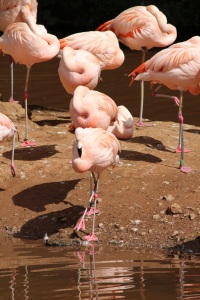
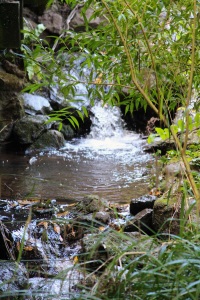
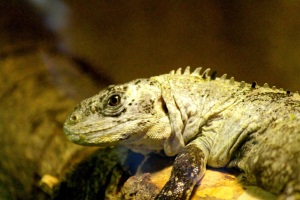
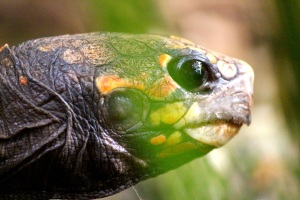
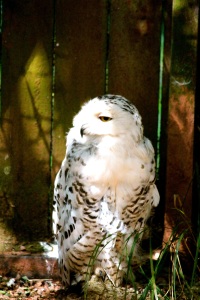
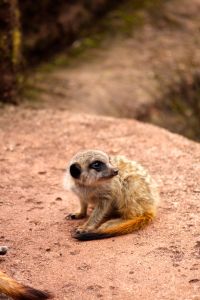
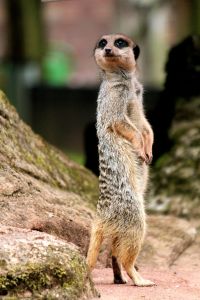
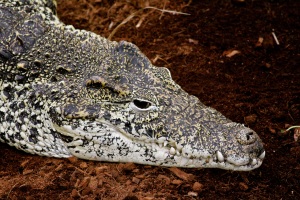
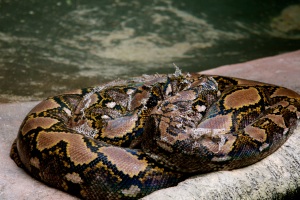
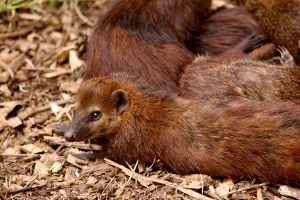
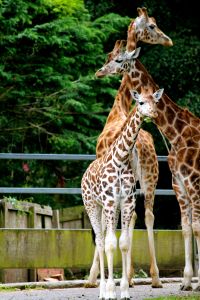
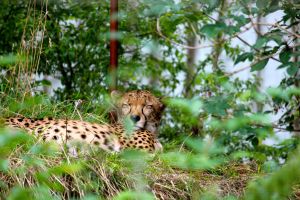
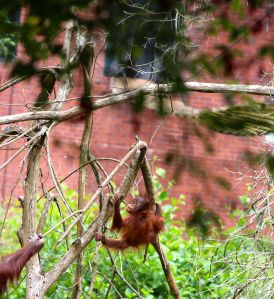
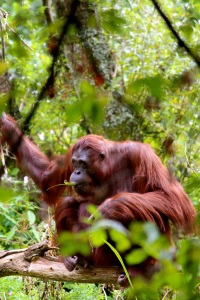

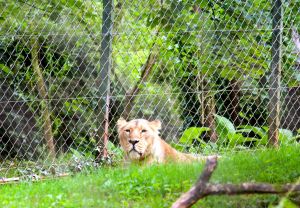
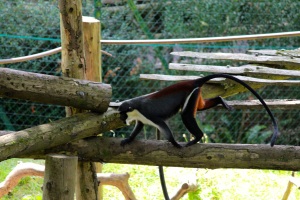
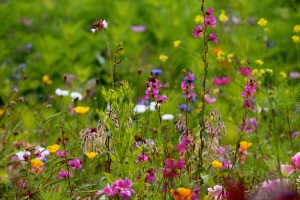
I know there are those who think zoos are abominations, keeping wild animals cooped up and so forth. I am not one of them. I wanted to be a zoo keeper as a child. The closest I got was a summer when I as 15 as a volunteer at the Indianapolis Zoo. I worked mostly in the Petting Ring where visitors could engage with native wildlife: Skunk, raccoon, fox, sparrow hawk and so forth. I got up close and personal one morning in the kitchen with the 6 month old lion cub and got to make elephant milk. The high point was after my dog got run over by a car and had to be put down, they let me leash train the two tiger cubs, three months old. I spent three weeks coming in early before opening and walking around the zoo with them. It was an experience I will treasure always. Living in San Diego several years later I spent a lot of time at the world class zoo there. It was an amazing way to encounter creatures exotic and not, and by doing so come to value them in order to seek ways of helping those working to preserve them and their native habitats. Am glad you had such a wonderful experience and really super photos.
Thank you very much for the like and comment, much appreciated! Yes and there is good and bad to everything. Unfortunately for zoos the downside of trying to protect and conserve nature using breeding projects is the wild animals know they are restricted and are not in their natural environment. However I feel the positive outcomes outweigh the negatives, even though for some animals the outcome is rather sad. That’s a brilliant experience! One I would have loved to do myself! Zoos are a brilliant way of understanding the world around us and I really believe that. It was a great day, thank you very much for your kind words!